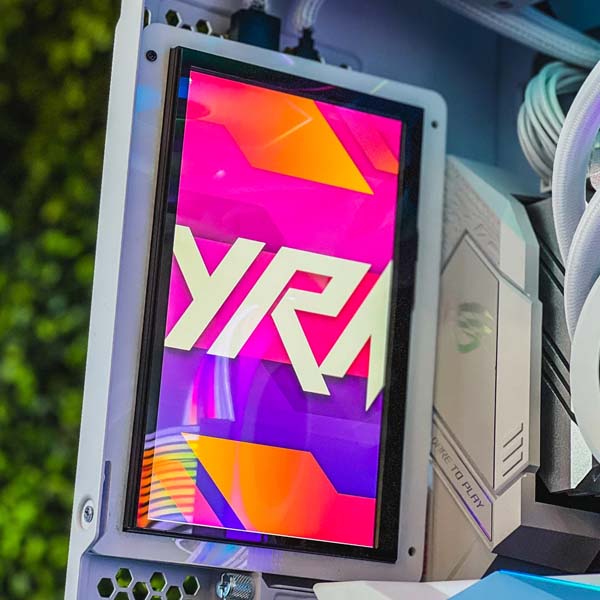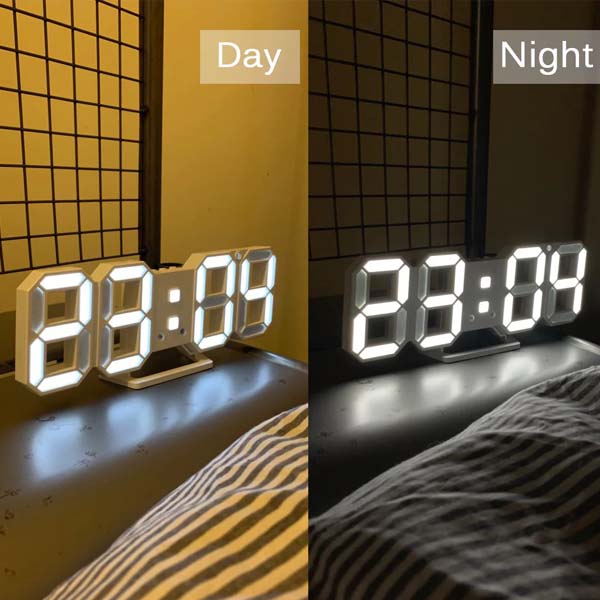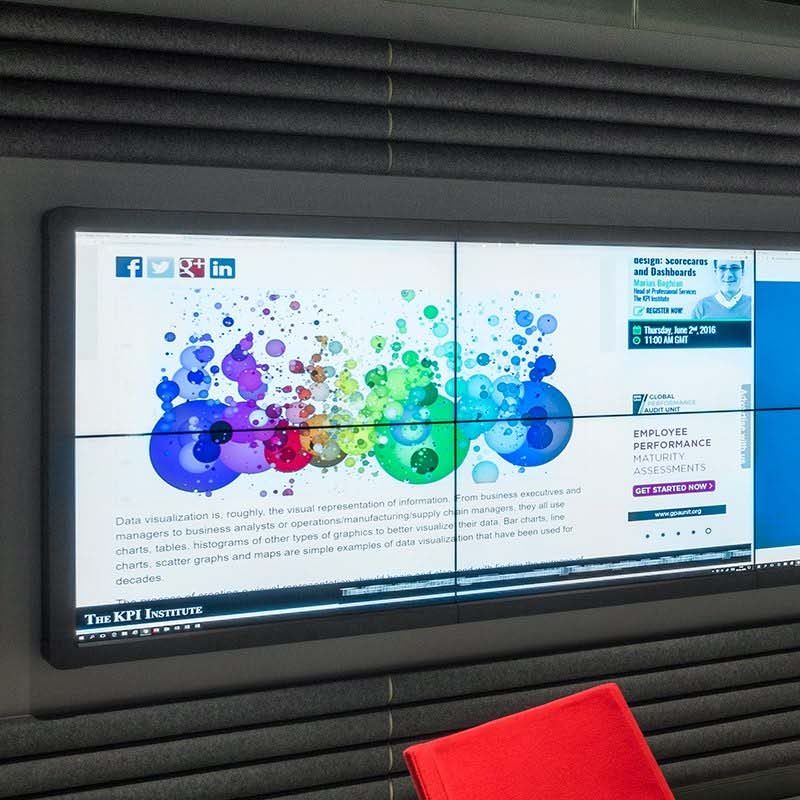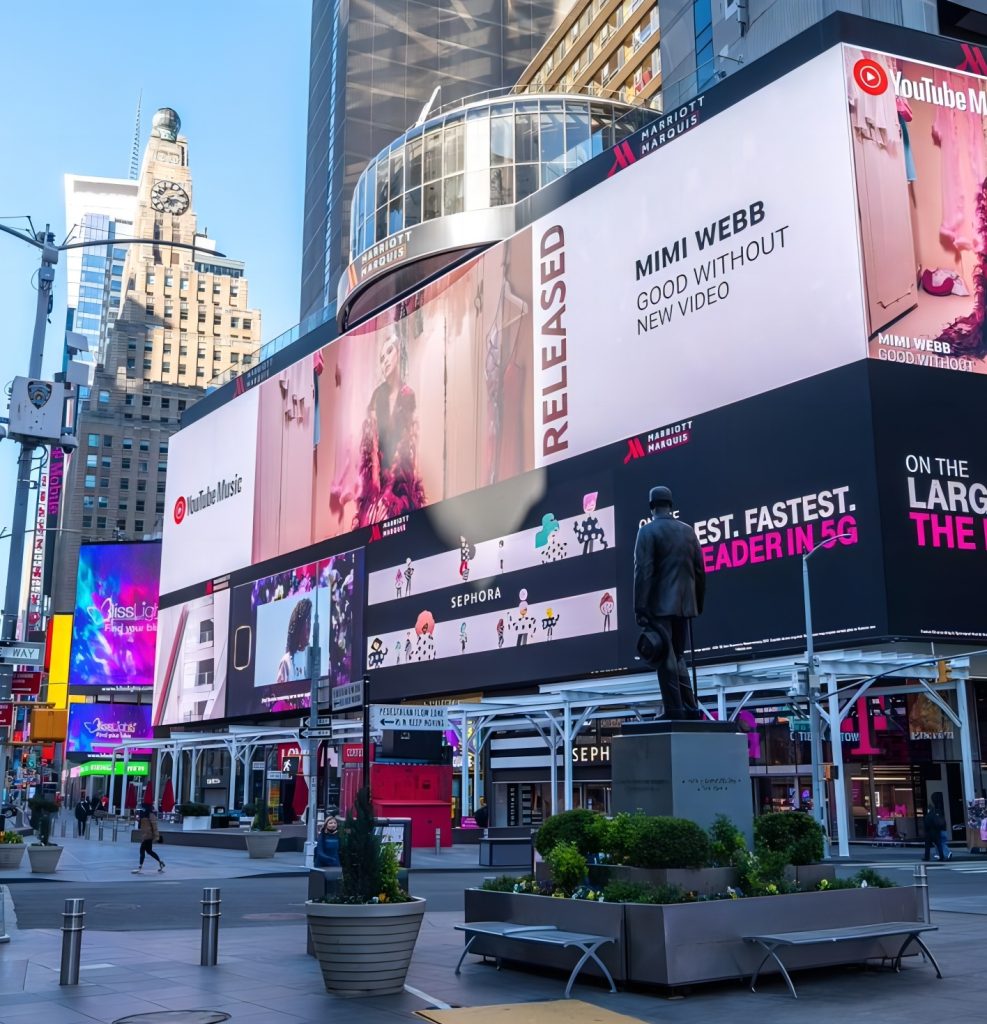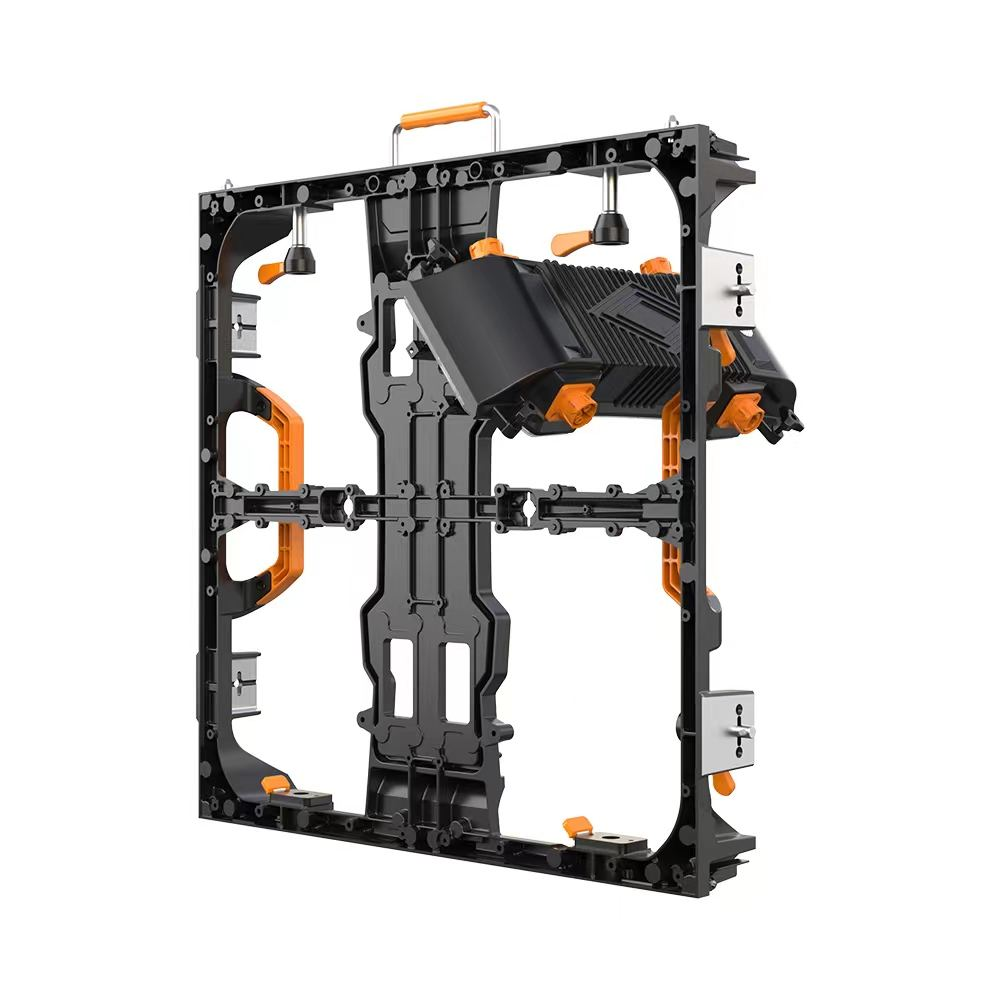Cube LED Display: Revolutionizing Visual Communication with 3D Modular LED Technology
In the ever-evolving landscape of digital displays, the cube LED display has emerged as a groundbreaking innovation that combines spatial creativity and advanced LED technologies. Engineered to provide high-brightness, sunlight-readable, and fully three-dimensional visual experiences, cube LED displays are transforming the way businesses, advertisers, and event managers engage audiences. This comprehensive article delves into the technical intricacies, practical applications, advantages, challenges, and future trends of cube LED displays, underpinned by industry standards, case studies, and technological insights.
Introduction to Cube LED Displays
Conventionally, LED displays have been flat, two-dimensional surfaces designed for presentations, advertising, and information dissemination. The cube LED display disrupts this norm by leveraging a three-dimensional modular design composed of multiple LED panels arranged to form a cube or polyhedral shape. This 3D configuration opens new frontiers in dynamic content presentation, immersive advertising, and architectural integration, facilitating visual storytelling through spatial depth and multi-angle viewing.
Cube LED displays are primarily constructed using small, standardized LED modules forming six (or more) faces of a cube. These faces often use high-density surface-mount device (SMD) LEDs to achieve ultra-high pixel density. The integration of these panels with advanced control systems enables real-time content synchronization across all surfaces, delivering seamless three-dimensional visuals.
Technical Overview and Construction
LED Technology and Optical Performance
Most cube LED displays employ surface-mount device (SMD) LEDs such as 1515, 2020, or even finer pitch LEDs to ensure high-resolution imaging. The pixel pitch typically ranges from 1.5 mm to 10 mm, depending on application requirements—closer viewing distances demand smaller pixel pitch and higher pixel density.
High-brightness (often 5,000 to 10,000 nits or more) LEDs enable these displays to perform optimally in direct sunlight, making them ideal for outdoor installations. Incorporation of high-uniformity LED dies, precise binning during manufacturing, and advanced optics (such as lens conditioning and diffuser layers) ensure consistent brightness and color performance on all cube faces.
Modular Design and Structural Engineering
Each face of a cube LED display is typically formed by an array of LED modules mounted on lightweight yet durable frames made of materials like aluminum alloy, which provide robust mechanical support while maintaining portability. The modular design allows for easy assembly, maintenance, and scalability.
Precision in the mechanical alignment of the six (or more) panels is crucial. Seamless edges and corner fittings reduce visible bezels and create a continuous visual effect. Some designs incorporate curved edges or beveled surfaces to enhance the display’s visual impact and reduce light leakage between panels.
Control Systems and Software Synchronization
Advanced control systems powered by FPGA or high-performance GPUs synchronize the LED modules to display immersive visuals. These control units facilitate 3D content mapping, custom animations, and interactive features. Modern cube LED solutions employ versatile video processors and 3D rendering software for real-time content adaptation according to viewer angle or environmental conditions.
Networked control infrastructures and cloud-based management platforms enable seamless remote configuration, diagnostics, and content updates, boosting operational efficiency and flexibility across global deployments.
Applications of Cube LED Displays
Advertising and Retail Environments
Cube LED displays have carved a niche in advertising, particularly in high-foot-traffic zones such as shopping malls, airports, and expo centers. The distinctive three-dimensionality attracts attention more effectively than conventional flat screens, enhancing brand visibility and engagement.
Retail outlets utilize these cube displays for product launches, fashion shows, and interactive campaigns, leveraging the 360-degree visibility and multi-faceted content strategies. For example, a cosmetic brand might showcase a rotating cube demonstrating different makeup styles on each face, creating dynamic storytelling opportunities that resonate with modern consumers.
Events, Exhibitions, and Entertainment
In the arena of live events and exhibitions, cube LED displays serve as focal points for immersive visual experiences. Concerts, theatrical productions, and trade fairs exploit their capability to blend video, virtual reality (VR), and augmented reality (AR) elements.
Their spatial presence strengthens audience immersion, enabling simultaneous views from multiple vantage points.
Architectural Integration and Public Spaces
Urban planners and architects incorporate cube LED displays into buildings and public installations to enhance aesthetic appeal and communicate information. In smart city projects, multipanel cubes can display real-time data such as weather, traffic updates, or emergency alerts, benefiting passersby and enhancing public awareness.
Corporate Branding and Digital Signage
Many corporations adopt cube LED displays in lobbies or atriums as part of their digital branding efforts. The cube’s ability to display multiple streams of information on different faces offers a sophisticated yet compact solution to disseminate corporate messaging, product info, and event announcements concurrently.
Advantages of Cube LED Displays
Immersive 3D Visual Experience
Arguably the most significant advantage is the immersive three-dimensional effect. Unlike flat LED panels, cube displays offer content visibility from multiple angles and depths, creating engaging customer experiences that drive higher retention and interaction rates.
High Brightness and Sunlight Readability
Cube LED displays leverage high-brightness LEDs with efficient heat dissipation, ensuring visibility even under harsh sunlight. This makes them suitable for outdoor advertising, public information kiosks, and other environments where ambient light could otherwise diminish visibility.
Modularity and Scalability
The modular design enables easy upgrades, maintenance, and tailored sizing. Customers can opt for multiple cubes, scalable configurations, or customized shapes depending on space and application needs.
Energy Efficiency and Durability
Innovations in LED driver ICs and low-power components optimize energy consumption, reducing operational expenses. Additionally, robust manufacturing techniques ensure long operational lifespans, resistance to weather conditions, and minimal maintenance downtime.
Common Challenges and Solutions
Content Creation Complexity
Designing optimized 3D content for cube LED displays requires specialized software and skills. Content must align with the physical structure, respecting bezels and edges to maintain visual coherency. Employing professional content developers skilled in 3D animation and LED mapping is essential for impactful campaigns.
Seamless Viewing Angles and Color Uniformity
Achieving uniform brightness and color consistency across all cube faces is technologically demanding. Variations in calibration or LED binning can cause perceptible differences. Implementing automated calibration tools with color sensors and high-precision binning mitigates this problem effectively.
Maintenance and Accessibility
Cubes assembled in public or outdoor locations must be designed for easy access to LED modules for quick replacement or repair without dismantling entire structures.
Cost and ROI Considerations
The high upfront investment might challenge smaller enterprises. However, strategic placement, compelling content, and long product life maximize return on investment.
Industry Standards and Best Practices
In adherence to standards like IEC 61347 (LED driver safety), IEC 60529 (Ingress Protection for weather resistance), and regional EMI/EMC regulations, cube LED manufacturers ensure device safety and regulatory compliance globally. For outdoor cubes, meeting a minimum IP65 rating is essential to withstand water and dust intrusion.
Moreover, quality control during production follows ISO 9001 protocols, while environmental considerations adhere to RoHS and WEEE standards, minimizing environmental impact.
Case Studies Highlighting Cube LED Display Success
Case Study 1: Digital Advertising in Tokyo Shopping District
A leading Japanese advertising agency deployed cube LED displays in Shibuya Crossing, attracting over 2 million pedestrians daily. The 3D LED cubes showcased multi-angle campaigns for international brands, boosting engagement time by 35% compared to traditional flat screens.
Case Study 2: Interactive Exhibition at Dubai Expo 2020
Cube LED installations provided an immersive platform for thematic storytelling utilizing synchronized visuals and interactive content triggered by visitor proximity sensors. These installations significantly enhanced visitor interaction rates and satisfaction.
Emerging Trends and Future Outlook
Integration with Augmented and Virtual Reality
Forthcoming cubes are expected to incorporate AR and VR features through gesture controls and spatial sensors, bolstering the immersive experience beyond visual display alone.
Micro-LED and Mini-LED Adoption
The transition from traditional SMD LEDs toward Micro-LED and Mini-LED technology promises even higher resolution, better energy efficiency, and thinner modules. This evolution will push cube LED displays into new application realms.
AI-Driven Content Adaptation
Artificial intelligence will enable real-time adaptive content optimization based on audience behavior, environmental conditions, and contextual data.
Conclusion
Cube LED displays represent a paradigm shift in visual communication by transcending traditional display formats through spatial design and cutting-edge LED technology. Their versatility, high brightness, and immersive three-dimensional capabilities unlock tremendous value across advertising, entertainment, public information, and corporate branding.
While content creation and cost considerations remain challenges, advances in LED manufacturing, control technologies, and content development are steadily mitigating these hurdles. With ongoing technological innovations and growing global acceptance, cube LED displays are poised to become a cornerstone of interactive digital environments in the coming decade.
For professionals and enterprises seeking to differentiate themselves with compelling visual experiences, cube LED displays offer a future-ready solution that harmonizes engineering excellence with creative potential.
References and Further Reading
- LED Display – Wikipedia
- LEDs Magazine – Industry News and Insights
- Display Daily – Market Trends and Technologies
- ISO 9001 Quality Management
- International Electrotechnical Commission (IEC)
Author’s note: This article synthesizes technical data, industry case studies, and current trends as of mid-2024, ensuring an authoritative and comprehensive resource for stakeholders interested in cube LED displays.

